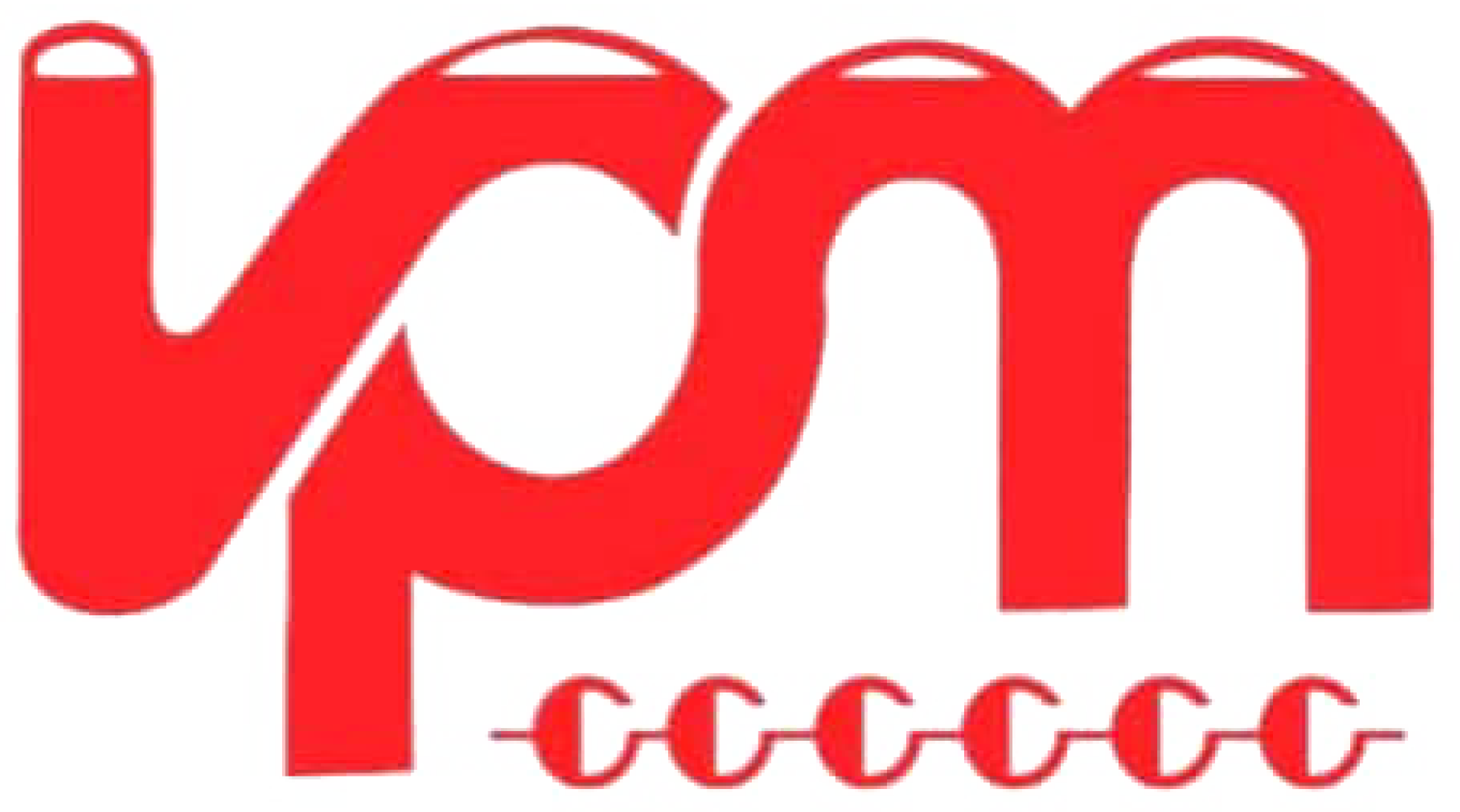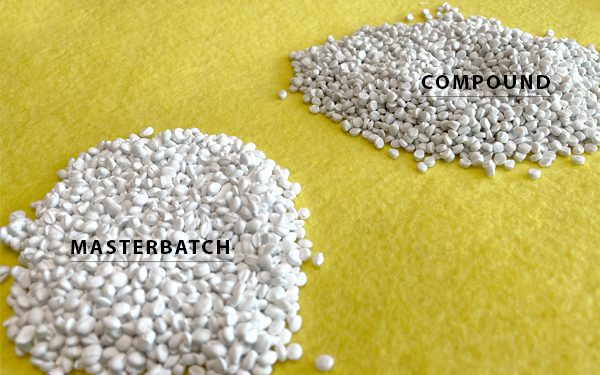What is the difference between masterbatch and polymer compound?
One of the questions that people working in the polymer field are justified by is the difference between masterbatch and compound. Understanding the difference between masterbatch and compound is very important for these people. One of the important issues in the field of plastic and polymer is that we can use these two products in their right place. In other words, understanding the difference between masterbatch and compound is the key to understanding their usage materials.
Plastic is one of the most important industrial products that are used in all aspects of our lives. Plastic and its related materials are very important both for the final consumers, i.e. us, and for industrial producers. Therefore, it is expected that there will be a great variety among the resulting products. Because plastic is used in such a wide range. The two concepts of masterbatch and compound are abundantly repeated among industrial manufacturers. Although the difference between masterbatch and compound is a small issue, this small difference has been able to provide consumers with a very high variety of materials.
Introducing Masterbatch and Compound
The two terms masterbatch and compound are often used interchangeably, even among plastic material manufacturers and industrial consumers. It is true that both masterbatch and compound are similar in terms of production method, but they differ in the end result they create. This means that the use of masterbatch and compound is focused on specific products.
Masterbatches are a granular form of chemical powder used in the production of plastics. Masterbatches give the product specific properties such as color, smell and special characteristics. Masterbatch is actually a product consisting of three parts. This mixture consists of materials including polymers and organic or inorganic pigments. Producers add this granule to their raw materials to reduce production costs and give the product specific properties. In the article, what is masterbatch, we talked in detail about the features of masterbatch and its types.
Compounding is the process of creating a new raw material with the physical properties desired by the customer with additives added to the original raw material. When several chemical elements are combined and used in different proportions in a product, the final balance is called a compound. Types of filler masterbatch such as calcium carbonate can be known as compounds.
What is the difference between masterbatch and compound?
Masterbatch and Compound have a few differences that may be small but this difference presents many opportunities for manufacturers. Now that you are familiar with the nature of compound and masterbatch, we can understand the difference between masterbatch and compound.
How to use masterbatch and compound: The first difference between masterbatch and compound, which is their most important difference, comes back to how they are used. Masterbatch cannot be used directly and is added as an additive to add properties and color to the chemical. But this is not the case with the compound, and the compound can directly produce the final product. On the other hand, the compound can also be used as an additive. Many manufacturers use masterbatch and compound together depending on different cases. Knowing the difference between masterbatch and compound will help manufacturers to identify and produce different products.
The difference between masterbatch and compound in the way of use has caused a great variety in polymer products. One of the factors in the production of high-quality products, in addition to understanding the difference between masterbatch and compound, is the use of high-quality masterbatch.

